Wednesday, June 26, 2024
Is silver set to steal the show in the commodity sector?
By Century Financial in 'Blog'

.jpg)
The precious metals market is experiencing a potential shift in investor preference. Spot prices of silver have surged 15.6% over May 2024, compared with a 1.7% rise in gold. Silver prices have approached the psychological barrier of $30 per ounce for the first time since 2021.
Gold Prices vs Silver Prices Historical Chart
.png)
In the chart, silver prices have recently risen faster than gold prices. This could be due to various factors discussed further in this article
Change In Spot Prices: Silver Vs Gold
Silver has outperformed gold in 6-month, 1 year and 3-year periods
.png)
Higher Use Case For Silver
Demand for silver is no longer just in jewellery; it has also gained momentum from industrial uses. The metal's excellent conductivity for electricity and heat also makes it a good choice in different markets.
Why is supply not keeping up?

The silver market faces its fourth consecutive year of a structural market deficit. In 2021 and 2022, silver market deficits were 81 million and 253 million ounces, respectively. Despite this, 2023 had the second-highest annual silver demand ever at 1.3 billion ounces, fueling ongoing deficits in the market. The Silver Institute expects the global silver deficit to rise by 17%, reaching 215.3 million ounces in 2024. A 2% growth in demand drives the rise due to robust industrial consumption.
Silver Market: Supply and Demand
The deficit in the market is expected rise further by 17% in 2024
How can you invest in Silver?
Investing in silver bars and coins
Silver bars and coins, known as bullion, can be purchased from reputable dealers, or individuals. Investing in physical silver can be satisfying and avoids counterparty risk, but it carries theft risk, necessitating insurance and potential storage costs.
.png)
Investing in silver futures
Investing in silver through futures contracts obligates buying or selling a set amount of silver at a specific price and time. Futures trading involves leverage, magnifying gains and losses, and requires special broker permission. Rolling over contracts to avoid delivery involves selling expiring contracts and buying new ones at higher prices, adding costs.
Investing in ETFs that own silver
If you prefer not to own physical silver directly but want a lower-risk option than futures, consider an ETF with physical silver. You can benefit from potential price increases with reduced risks like theft. An ETF delivers the return of silver prices minus its expense ratio.
ETFs also offer liquidity, allowing you to sell at market price on any trading day. The primary silver ETFs are iShares Silver Trust (SLV) and Aberdeen Standard Physical Silver Shares ETF (SIVR). ProShares Ultra Silver (AGQ) is an option for those interested in futures contracts, though it's better for short-term trading due to its structure.
Buying shares in silver mining companies
Another option is to buy shares in companies that mine, refine and trade silver, as their share prices are highly correlated to the cost of silver itself. However, their share prices are also affected by other factors, such as the overall performance of the company, along with the broader economic, geopolitical and environmental backdrop
.png)
Silver CFDs:
You can go long or short on Silver (XAGUSD) through the Century Trader Platform. The commodity market is unique and open almost throughout the day, giving you the flexibility to exchange the white metal at any time.
Economic Factors Influencing Silver Prices
Silver prices move based on various factors, including supply and demand, inflation, and the dollar's strength. When the dollar weakens, investors look to more stable investments like precious metals, such as silver, as safe places to park their cash.
The Gold-Silver ratio measures the relative strength of gold versus silver prices. It shows how many ounces of silver it takes to purchase one ounce of gold. A popular rule of thumb is the "80/50" rule, which suggests switching to silver when its value rises above 80 ounces of silver per 1 ounce of gold and switching to gold when its value drops below 50 ounces per 1 ounce.
I. When the ratio is high (e.g. 80), gold is expensive compared to silver
II. A low ratio suggests that silver is relatively expensive compared to gold.
Lastly, investors have piled onto silver ETFs as prices have risen. This has created demand, as brokers must keep aside physical silver for every buy order received. In 2023, net physical investment in silver stood at 243 million ounces or 37 per cent of the industry demand for silver.
Like gold and other precious metals, silver prices tend to have an inverse relationship with interest rates, as higher interest rate environments harm the demand for these metals. Precious metals are considered non-yielding assets, making them less attractive than alternative investments such as bonds.
The Bottom Line
The commodity sector is in an exciting space now. It is now in your hands to use this opportunity to your advantage by making returns or hedging your portfolio. Get in touch with us now, and let's start this journey together. Read the report to know understand the trade strategy.
The content in this blog, including any research, analysis, opinions, forecasts, or other information (collectively, "Information"), is provided by Century Financial Consultancy LLC (CFC) for marketing, educational, and general informational purposes only. It should not be construed as investment advice, a recommendation, or a solicitation to buy or sell any financial instruments.
This Information may also be published across various channels, including CFC’s website, third-party platforms, newsletters, marketing materials, emails, social media, messaging apps, webinars, and other communications. While CFC strives for accuracy, we do not guarantee the completeness, reliability, or timeliness of any content. Any decisions made based on this Information are at your own risk. CFC accepts no liability for any loss or damage arising from its use.
Trading financial products involves significant risk and may not be suitable for all investors. Please ensure you fully understand the risks and seek independent professional advice if necessary.
Please refer to the full risk disclosure mentioned on our website.
.png)
.png)
.png)
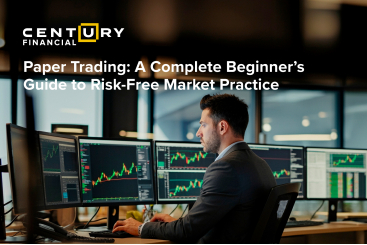
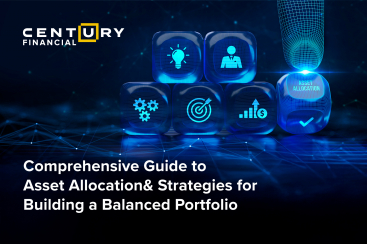
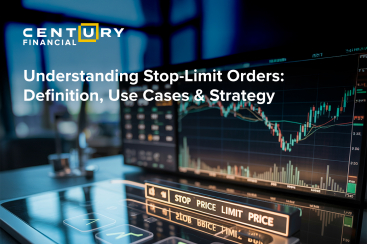
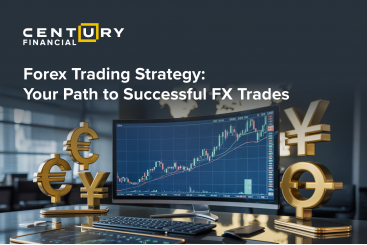
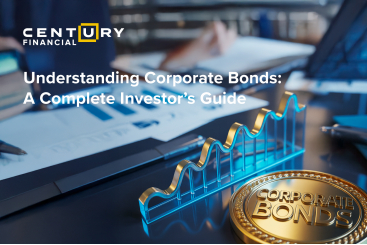




.png)
.png)
.png)
.png)


